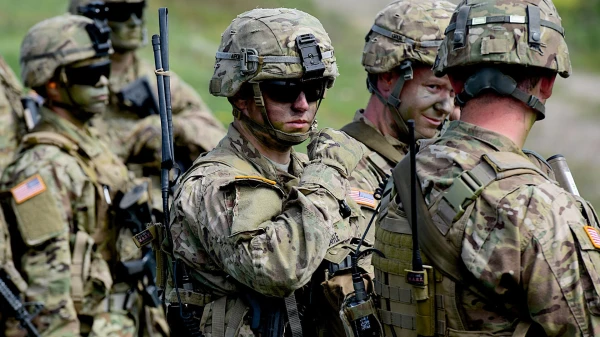
In the past, special units prepared to detonate nuclear munitions behind enemy lines.
The U.S. Green Berets have established cooperation with European special operations units as part of preparations for a conflict with Russia, writes Stavros Atlamazoglou in National Interest — an experienced military journalist, expert on special operations, and veteran of the Greek army (served in the 575th Marine Battalion and army headquarters). He holds a bachelor's degree from Johns Hopkins University and a master's degree from the Johns Hopkins School of Advanced International Studies. His work has been published in Business Insider, Sandboxx, and SOFREP.
During exercises in the U.S. and Europe, U.S. Army special operations forces worked alongside Polish and British counterparts.
Practicing Aerial Mobility and Direct Action
During exercises in Poland, the focus was on aerial mobility techniques, including air drops and insertions from CH-47 Chinook helicopters. The goal of the joint exercises was to enhance operational compatibility and integrate the combat capabilities of U.S. and NATO special operations forces with conventional army aviation units.
During one of the training events, an Army CH-47 flew in and lifted a tactical special operations vehicle into the air. In another training event, the CH-47 touched down on a lake's surface, allowing American and Polish special forces to safely jump into the water and begin simulating target engagement. Afterward, the CH-47 performed another low pass, allowing the special forces to safely exit the operation site.
Aerial mobility is key to effective special operations. While the U.S. Armed Forces have a dedicated rotary-wing aviation unit for this purpose — the 160th Special Operations Aviation Regiment, known as the Night Stalkers — operational situations often require that the transport of special forces be conducted by helicopter units from the conventional army, Air Force, Marine Corps, and even Navy. Training events like these provide conventional crews with an excellent opportunity to familiarize themselves with the rigors of special operations tasks.
Immediately prior to this, during a separate training event, Polish and British special forces visited the headquarters of the 10th Special Forces Group in Colorado and worked together for three weeks. The culmination of the training was a large-scale direct action exercise, during which several different teams came together on the training range to capture or destroy a presumed high-value target and conduct reconnaissance on particularly important sites to gather operational intelligence.
These exercises resembled operations that U.S. special operations forces conducted in Iraq, Syria, and Afghanistan; however, these actions are also applicable in a conflict with an adversary of comparable strength.
Polish special operations units have already worked and fought shoulder to shoulder with their American counterparts. For instance, Polish divers from the GROM group participated in the invasion of Iraq in 2003, destroying an Iraqi oil platform in the Persian Gulf. Polish special forces also operated in Afghanistan, fighting against Taliban and Al-Qaeda militants.
10th Special Forces Group
The exercises were led by the 10th Special Forces Group, focused on the European continent. It was established in 1952 and became the first unit of the Green Berets.
Army special forces specialize in unconventional operations and internal defense abroad.
Forward-thinking army officers understood that in the event of a war with the Soviet Union, the Russian army would likely capture a vast portion of Western Europe before it could be stopped. Such a scenario would allow a small group of special forces to remain behind enemy lines or penetrate through the contact line and launch a guerrilla campaign, attacking supply lines and critical military installations. The Green Berets were even assigned a unique nuclear role.
The American military developed a portable nuclear bomb — the Special Atomic Demolition Munition (SADM) MK54, which could fit in a backpack. It was anticipated that several specially selected groups of special forces — the so-called "Green Light" units — would deploy behind Soviet lines and detonate their nuclear backpacks.
And now, more than 30 years after the end of the Cold War, the 10th Special Forces Group is once again preparing for a conflict with Russia.



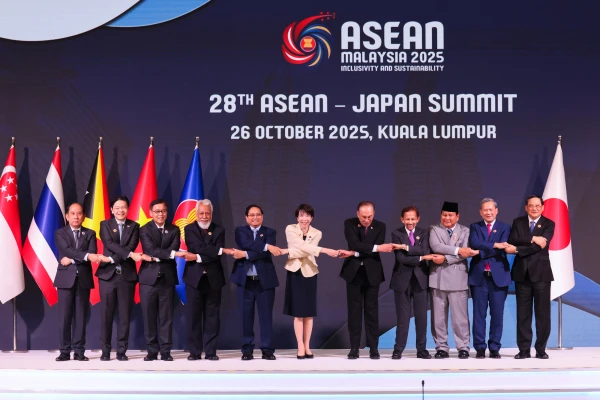

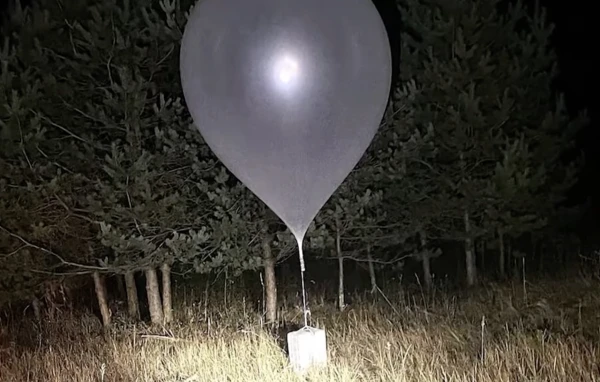
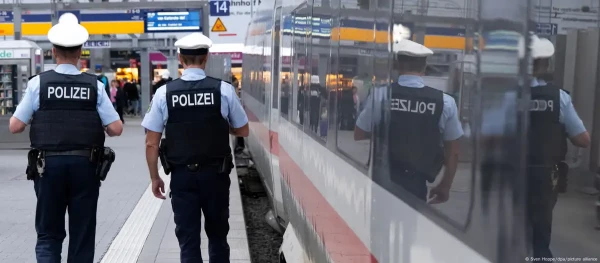
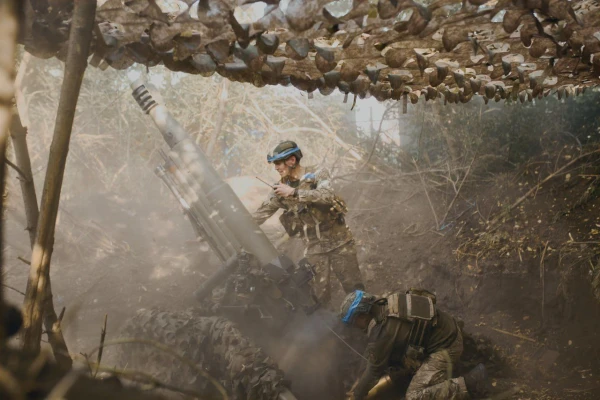
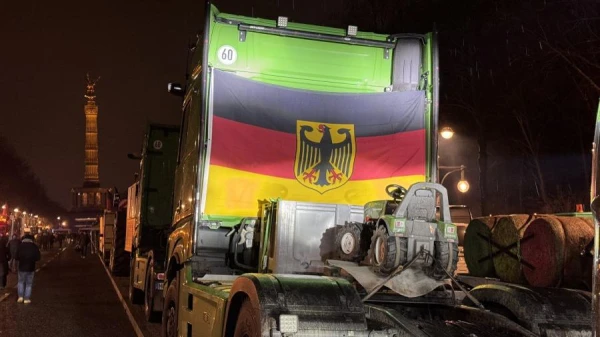





Leave a comment